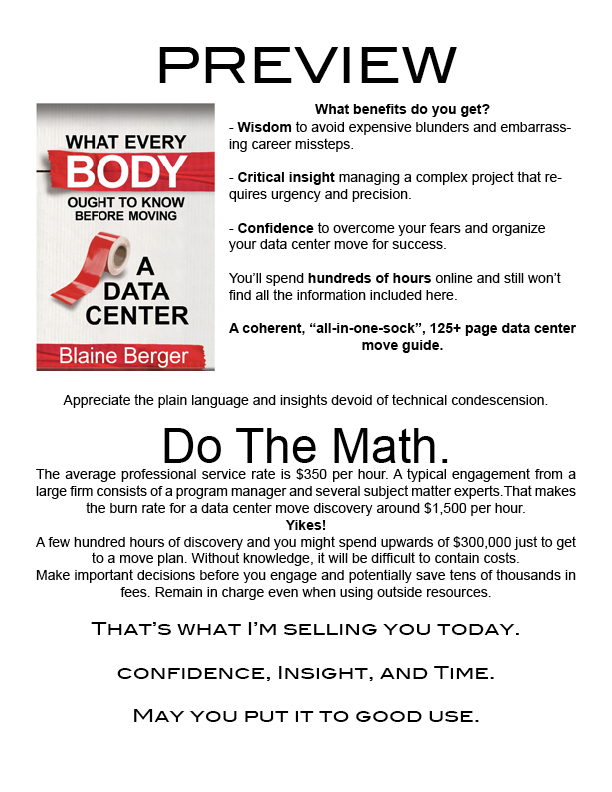Learn more about Thought Leader Charles Nelles who explains the Governance Puppy Circle in this leadership alert.
I’ve often wondered why governance, deemed so important, is often so neglected. For insight, I turned to Charles Nelles, an enterprise ninja in IT Operations and Service Management leading high profile projects for two decades.
Charles, why does governance seem to be a universal failure?
“There are a lot of good corporate cliché reasons governance fails. You name it. Executive sponsorship, corporate culture, underestimating the effort, and failing to stick with it are all common excuses.
In my opinion, governance fails because of people. Governance is about doing the right thing and most firms don’t prioritize that over doing the expedient thing.”
Can you give readers an example of what you mean?
“Picture a conference room table with people sitting around it. They’re all looking down at printed slides or their mobile device or all wringing their hands and racking their brains in a desperate effort to avoid being the one to make a decision.
They ask questions but not the kinds to eliminate possibilities or narrow decision paths. They are asking those questions to show their concern or their knowledge instead of driving towards an outcome.
They tell me what they are worried about and things I already know. Things like “if I don’t have at least 6 hours to complete this heroic action, I can’t guarantee we will have the system up and ready…” Thereby communicating that while I am a genius I am not to be held accountable if things go wrong.
I call this the puppy circle.”
The puppy circle? Help us understand that analogy!
“Imagine a puppy who has his head stuck in some sort of bucket. Now imagine a circle of people around the puppy discussing how horrible the situation is and how worried they are for the puppy. But no one is reaching for the puppy or the bucket. In many governance meetings, no one reaches for the puppy. The first responders are absent in a puppy circle.”
What tips do you have to avoid the tragedy of the puppy circle?
“Effective governance should follow a design and I recommend three design elements to start:
-
Speed to Decision — Whatever the structure, you have to be able to assemble the decision makers (or an appropriate delegate) quickly and make the call. Wasted hours or days means direct impact to your cost and chances for success.
-
Proper Subject Matter Expertise — You’ve got to have enough knowledge in each key domain to make smart decisions with limited information. This combination is not always easy when the technical world meets the business world like a data center move.
-
Respect & Buy In — Regardless of who or how many the true decision makers are, you have to engage the larger group at some level and manage their perception of the decision-making. Everyone who can add to the success of the move must feel like they are a valued member of the team and have some level of influence over the decisions. If you lose the huddled masses actually doing the work, you are sunk.”

